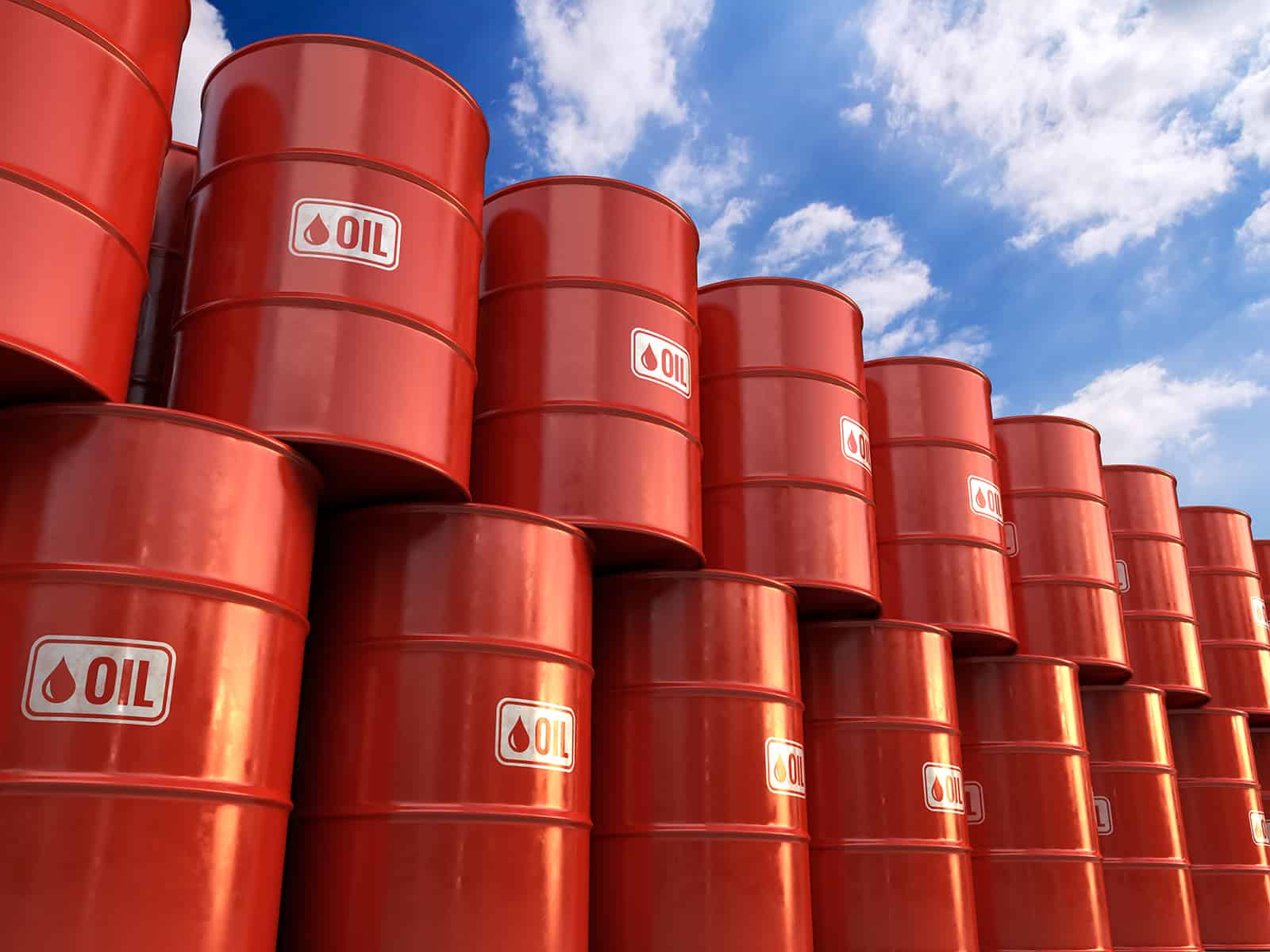New data pulled from Rystad Energy shows that the claims of chronic underinvestment in the global oil and gas industry are exaggerated.
While investments in the upstream sector have decreased since reaching a peak of US$887 billion in 2014, some US$580 billion will be invested this year. There has also been a dip in completed wells, dropping from 88,000 in 2014 to 59,000, leading to market predictions of underinvestment and oil supply shortages to come.
But Rystad said its analysis tells the opposite.
It said lower unit prices, efficiency gains, productivity gains, and evolving portfolio strategies have significantly increased the upstream industry’s efficiency. In other words: the industry can do the same as before, but at a much lower cost. Although investments have shrunk, activity and production remain healthy and on par with the levels seen from 2010 to 2014.
Global oil demand spurs urgent call for US$12.1 trillion in long-term investments | OilNOW
“Contrary to popular opinion, the world is investing appropriate amounts of money in fossil fuel production to satisfy demand. Cost savings mean operators can produce the same amount of oil at a lower cost, and we don’t foresee an oil supply crisis due to underinvestment on the immediate horizon,” said Espen Erlingsen, head of upstream research at Rystad.
In its report, Rystad explained that global upstream investments peaked at almost US$900 billion in 2014 before falling to around US$500 billion two years later after the oil-price collapse in 2015. Then another drop in 2020 as investments slumped to US$400 billion due to the Covid-19 pandemic and consequent oil-price crash. Spending recovered in 2022 to around US$500 billion as oil and gas activity bounced back. Despite this rebound, 2022 investments reached only 60% of 2014 levels – so it could be easy to assume that upstream activity has declined 40% since 2014.
Investments don’t come to countries that lack stability, predictability – oil minister | OilNOW
However, Rystad deemed this conclusion “hasty”, noting that it also fails to consider falling unit prices and efficiency gains.
“By looking at how unit prices for different supply segments have developed since 2014, we see how costs have fallen. The unit prices are related to when the spending occurs and not when it is contracted. For most segments, prices have come down by 20% to 30%, resulting in more activity for every dollar spent. Therefore, it would be misleading to only look at the falling investment trend,” Rystad showed.
The number of completed wells per year is also a key metric. Rystad said activity peaked around 2014 with about 88,000 new wells drilled. As with investment levels, the number of wells fell from 2014 to 2016, then grew until 2019 before dropping during the pandemic. Last year, the number of new wells was around 55,000, a decrease of about 35% versus 2014. This metric also seems to tell the same story: activity levels are considerably lower than in 2014.
To give a more accurate analysis of upstream activity, Rystad evaluated the expected resources from the wells across their lifetime, about 30 years. This metric excludes the impact of cost inflation or deflation, and includes efficiency gains and portfolio changes, as we have observed recently with drilling moving to areas with more productive wells.
Rystad said wells completed in 2014 have a total oil production potential of around 37 billion barrels. This was a year of overinvestment, and a sharp drop in oil prices followed in the proceeding years. From 2014 to 2016, developed resources dropped but much more slowly than investments and well counts, showing that the most productive wells were still drilled during this period.
The oil resource potential for all the wells completed in 2022 was almost 32 billion barrels, or just 15% lower than in 2014. For 2023, this value is expected to grow further and reach nearly 35 billion barrels. The recent growth in developed resources is driven by deepwater fields.
Rystad pointed out that new resources will exceed total production annually until at least 2025, demonstrating the positive trajectory of the global oil industry.




